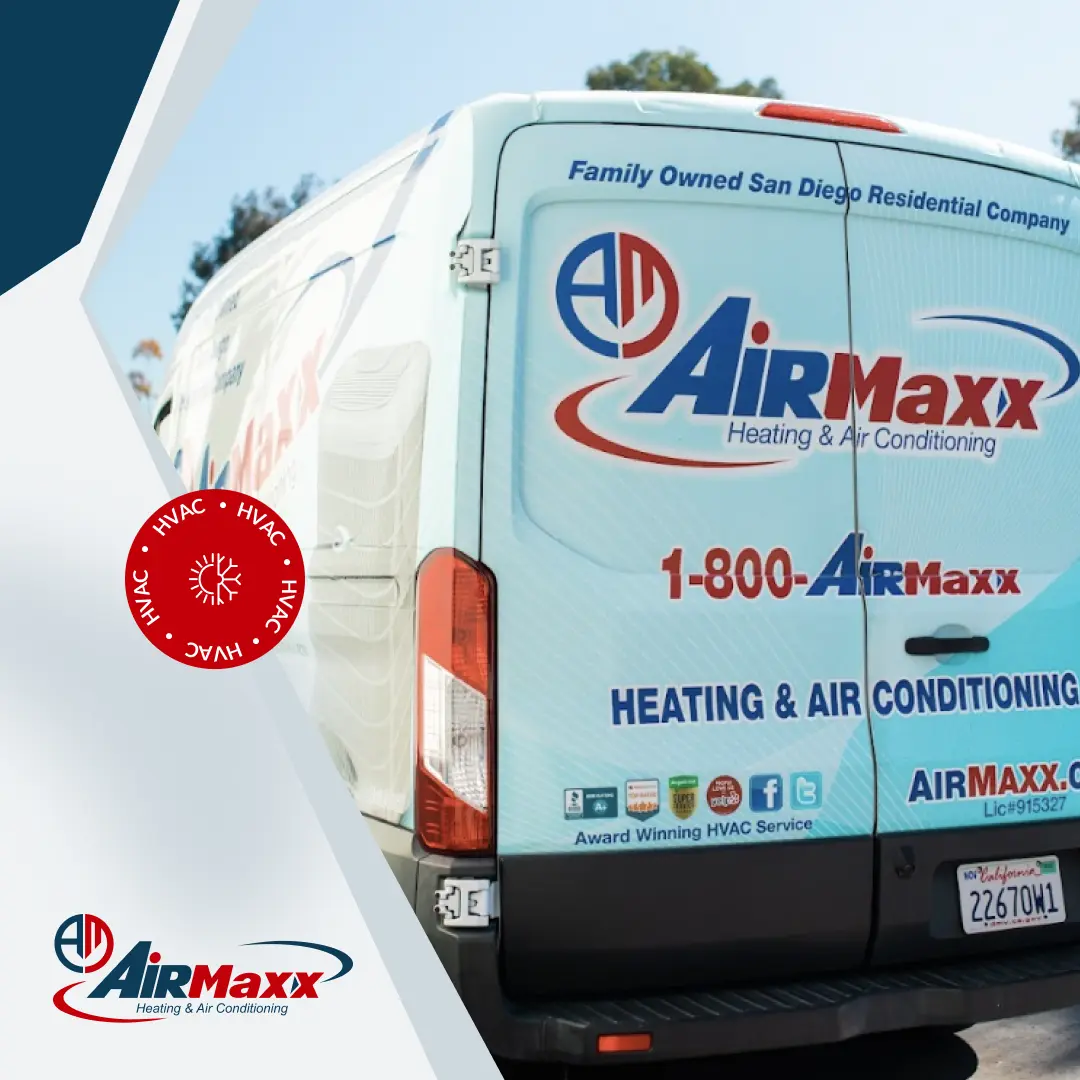The majority of homes rely on heating and cooling systems to distribute cold or hot air. However, it is easy for dust, pollen, tobacco smoke, bacteria, dust mites, or mold to get into these systems compromising the quality of air indoors. Here are some of the most effective ways of ensuring this does not happen.
Installing Humidifiers
A humidifier is a device that produces steam to keep the level of moisture indoors high. One can opt to install an ultrasonic humidifier, central humidifier, evaporator, steam vaporizer, or impeller humidifier. According to the Mayo Clinic, the humidity level inside your home should range from 30 to 50%. Low humidity can cause problems such as irritation of nasal passages, dry skin, and itchy eyes. On the other hand, high humidity can make your home feel stuffy as well as enhancing growth of mold and bacteria. Humidifiers help you control air moisture.
Installing Energy Recovery Ventilators
Unlike a humidifier, an energy recovery ventilator (ERV) is a mechanical device that removes stale polluted air from your home and replaces it with fresh air. To achieve this goal, an ERV passes air from your house through a heat exchanger. Inside this component, heat transfer occurs from the warm outgoing air to the cool incoming air. The aim is to ensure cold air from outside does not reduce the comfort levels inside a building. To conserve energy, you can use sensors or humidistats to turn on an ERV when humidity levels are too high. Take note that an ERV is quite different from a heat recovery ventilator. An HRV only transfers heat to incoming air while an ERV transfers both heat and some moisture.
Installing Air Filtration Systems
Air filtration systems vary depending on the nature of pollutants one would like to remove. Standard air filters come in handy if you would like to remove particles such as dust from the air inside your home. When it comes to removing pollutants in the form of gases, it is advisable to go for gas phase filters or Photocatalytic Oxidation (PCO) filters. The problem with PCOs is they are not quite effective in clearing gaseous pollutants.
To clear biological pollutants such as mold spores and bacteria, you need an ultraviolet germicidal irradiation (UVGI) air filter. Finally, you could install ozone generators to clear biological, gaseous, and particle pollutants. A major drawback associated with ozone generators is the gas they produce (ozone) can irritate the lungs.
All said, it is neither impossible nor difficult to improve the air quality inside your home and keep it free of pollutants such as pollen, mold spores, or dust mites. This is because you can use devices such as humidifiers, air filtration systems, and energy recovery ventilators to achieve this goal. What’s more, there are portable air cleaners on the market that you can actually move from one room to another in your home.



